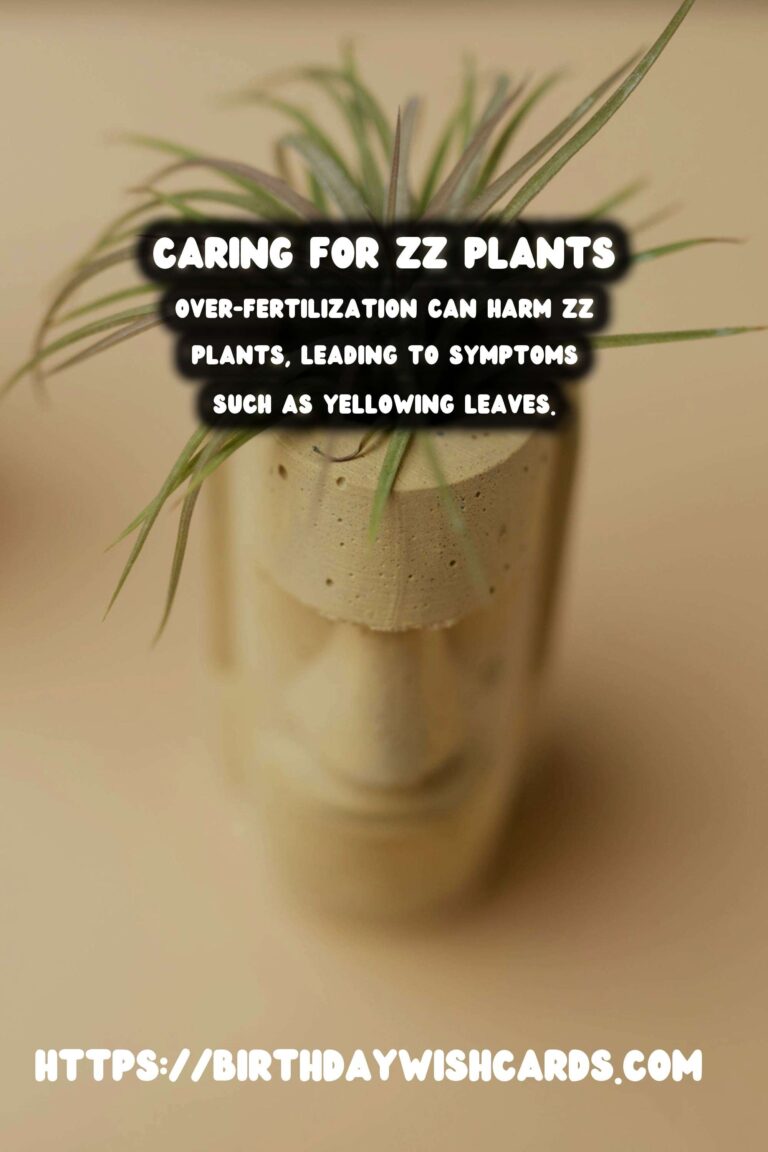
The ZZ plant, known scientifically as Zamioculcas zamiifolia, is a popular houseplant cherished for its glossy, dark green leaves and its ability to thrive in low-light conditions. While ZZ plants are relatively low-maintenance, understanding the proper fertilizing frequency is crucial to ensure they remain healthy and vibrant.
Why Fertilizing ZZ Plants is Important
Fertilizing ZZ plants provides them with essential nutrients that might not be available in their potting soil. These nutrients support vital functions such as growth, leaf development, and the overall health of the plant.
Although ZZ plants are low-maintenance, providing them with the right nutrients can enhance their growth and allow them to thrive in indoor environments. Fertilizing helps in replenishing nutrients that are naturally depleted over time, especially in potted plants.
Understanding Fertilizing Frequency
One of the most common questions among ZZ plant owners is how often they should fertilize their plants. The answer depends on several factors, including the type of fertilizer used, the time of year, and the specific needs of your plant.
Generally, ZZ plants should be fertilized once every 6 to 8 weeks during their growing season, which is typically from spring through early fall. During the winter months, when the plant’s growth slows, fertilization can be reduced or stopped entirely.
Choosing the Right Fertilizer
When selecting a fertilizer for your ZZ plant, it’s essential to choose one that is balanced and suitable for houseplants. A balanced, water-soluble fertilizer with an N-P-K ratio (Nitrogen-Phosphorus-Potassium) of 10-10-10 or 20-20-20 is ideal.
Always follow the instructions on the fertilizer package to avoid over-fertilizing, which can lead to nutrient burn and damage the plant’s roots.
Signs of Over-Fertilization
Over-fertilization can harm ZZ plants, leading to symptoms such as yellowing leaves, brown tips, or stunted growth. If you notice these signs, it’s essential to reduce the frequency of fertilizing and potentially flush the soil with water to remove excess nutrients.
Additional Tips for Healthy ZZ Plants
In addition to proper fertilization, ZZ plants benefit from adequate watering, indirect light, and well-draining soil. These factors, combined with the right fertilizing frequency, will ensure your ZZ plant remains healthy and beautiful.
Remember, ZZ plants are drought-tolerant and prefer to dry out between waterings. Overwatering can lead to root rot, a common issue for ZZ plants.
Conclusion
Caring for ZZ plants involves understanding their specific needs, including the appropriate fertilizing frequency. By providing your ZZ plant with the right nutrients and care, you can enjoy their lush, green foliage for years to come.
The ZZ plant is a popular houseplant cherished for its glossy, dark green leaves. Fertilizing ZZ plants provides them with essential nutrients for growth and health. ZZ plants should be fertilized once every 6 to 8 weeks during their growing season. A balanced, water-soluble fertilizer is ideal for ZZ plants. Over-fertilization can harm ZZ plants, leading to symptoms such as yellowing leaves. 

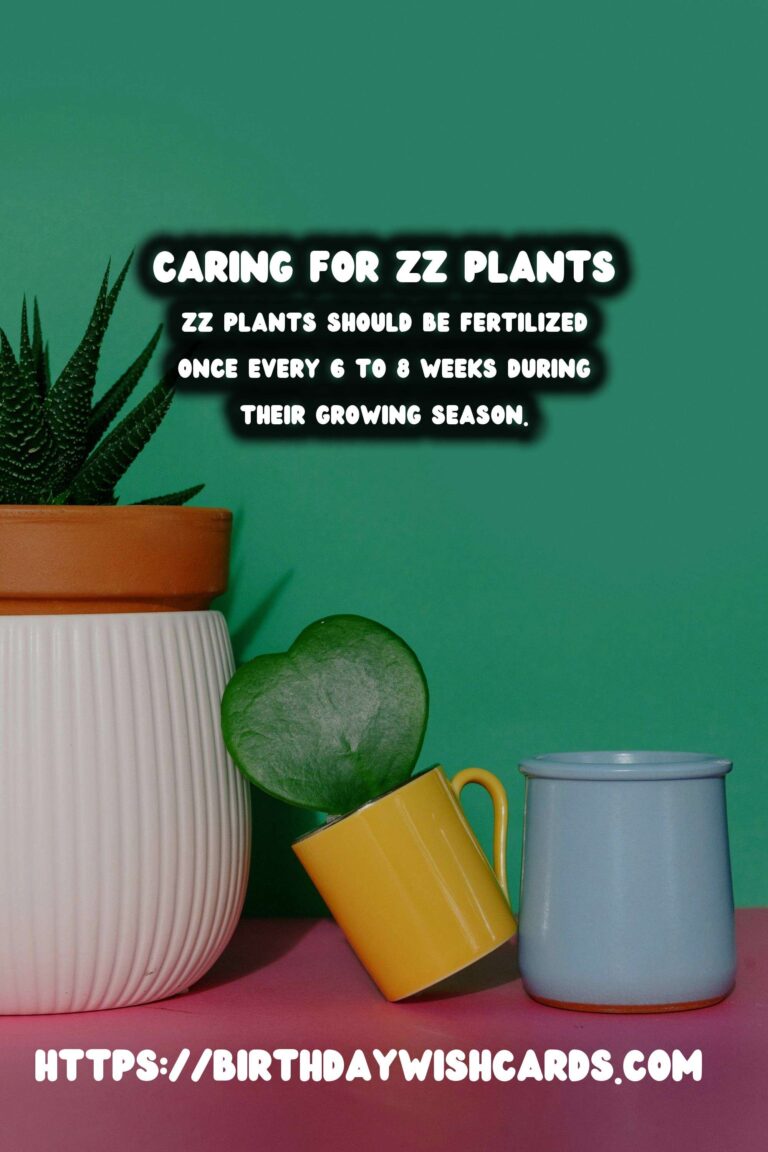
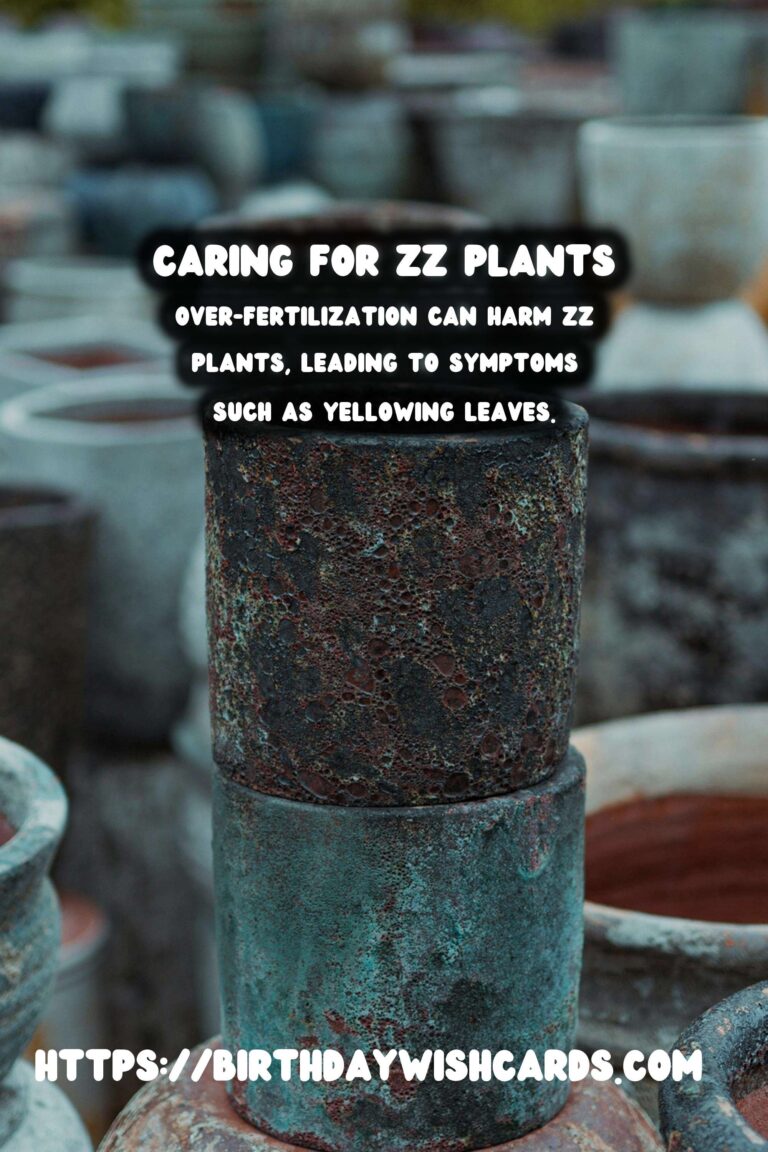

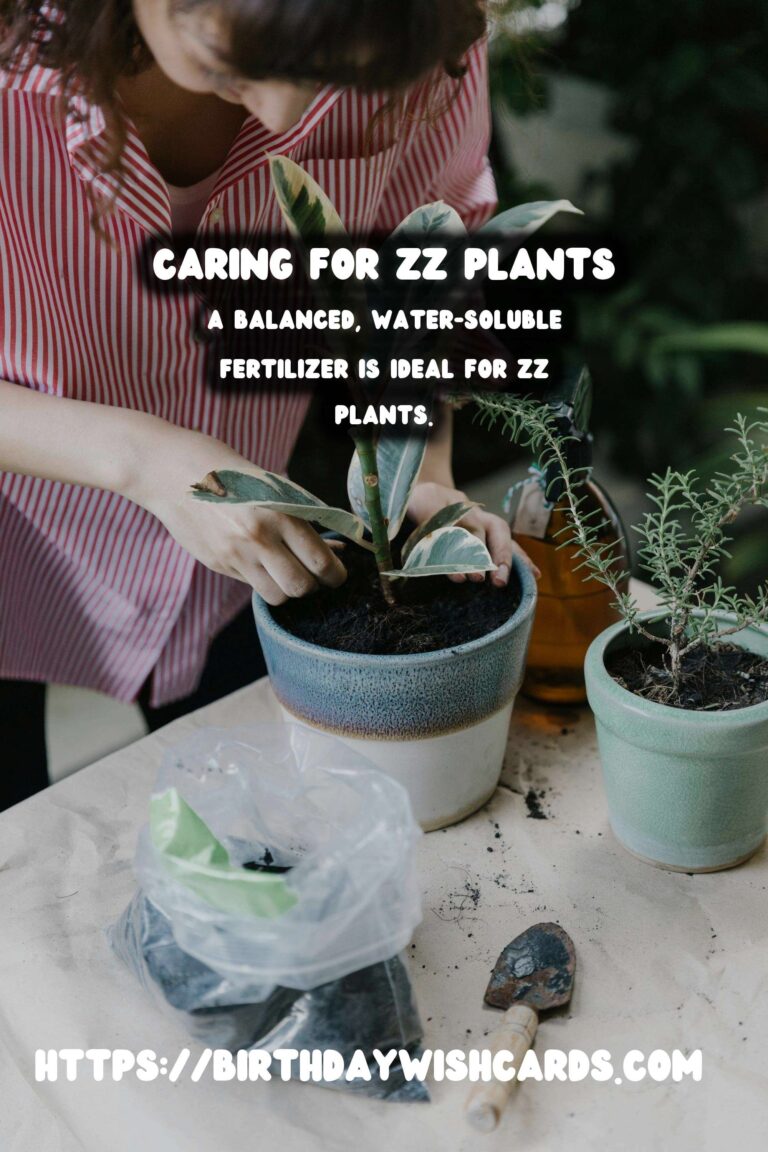

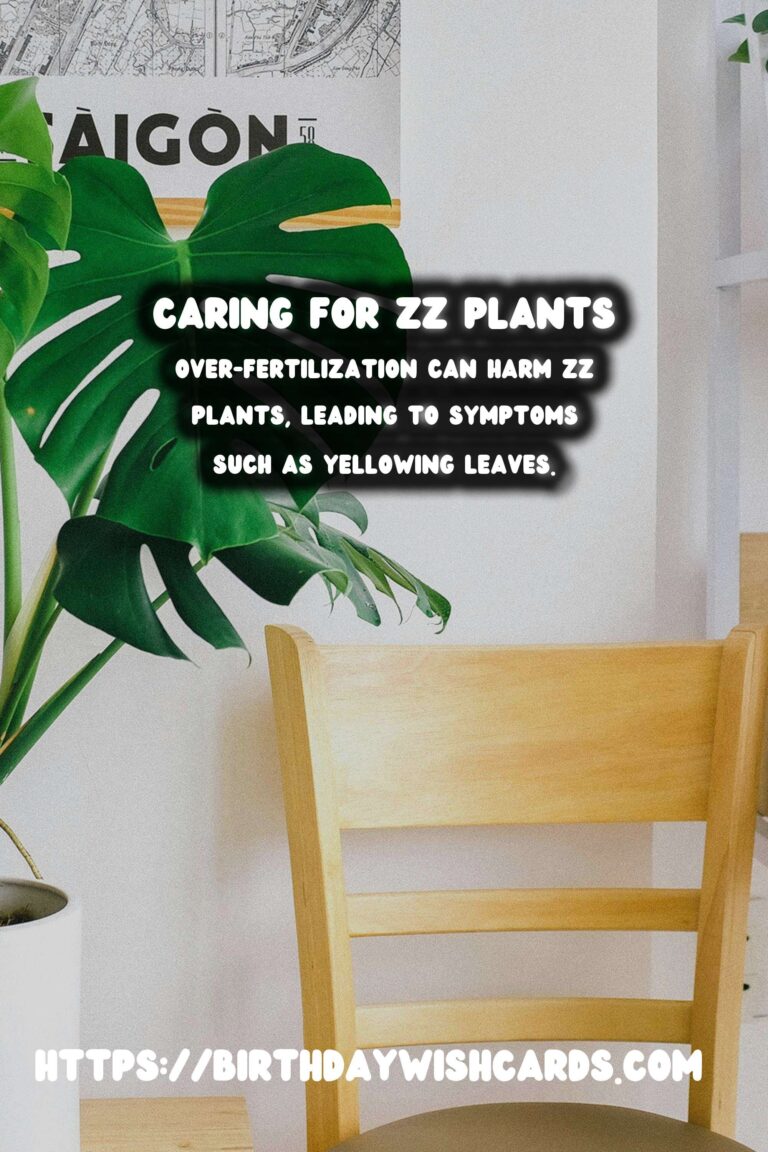
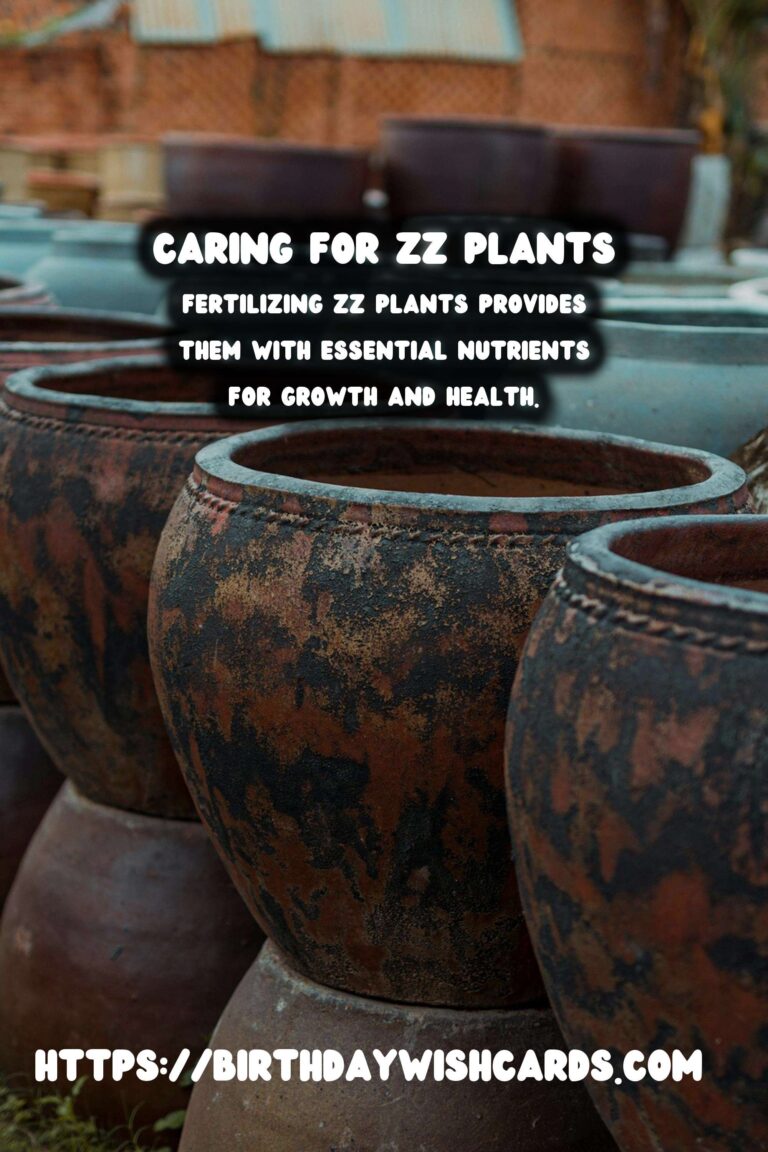
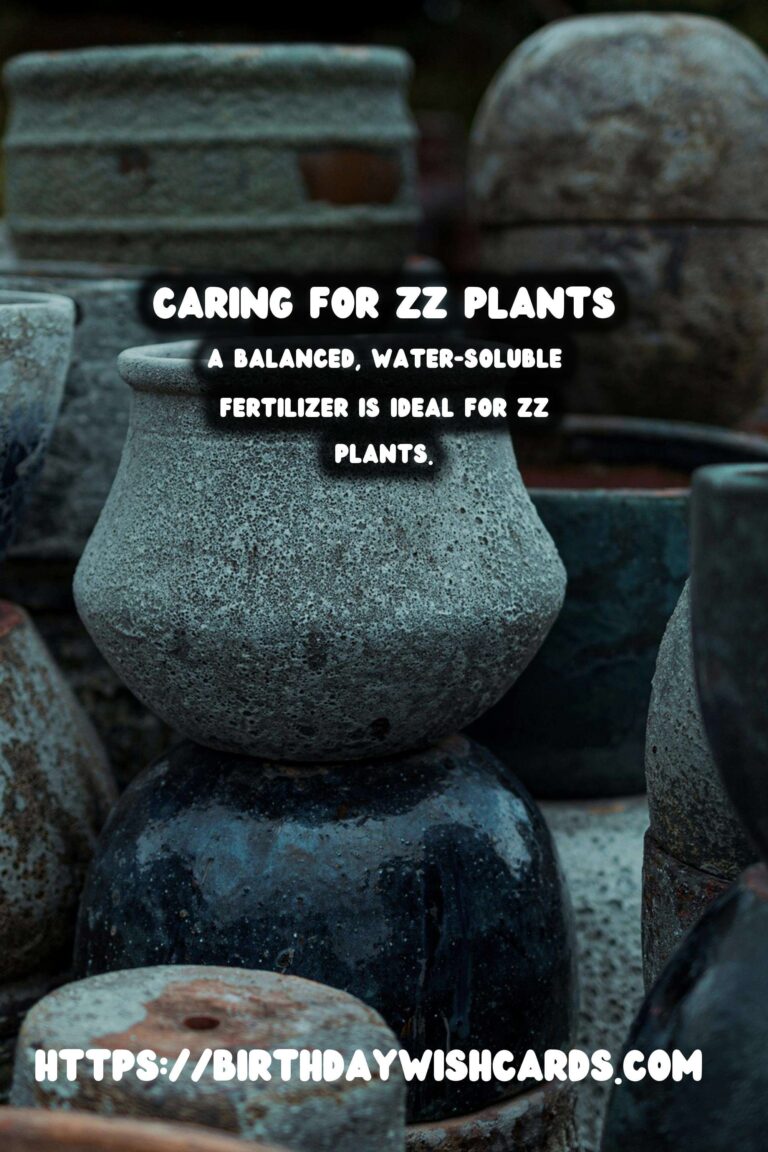
#ZZPlant #Houseplants #Fertilizing #PlantCare #GardeningTips




